News + Media
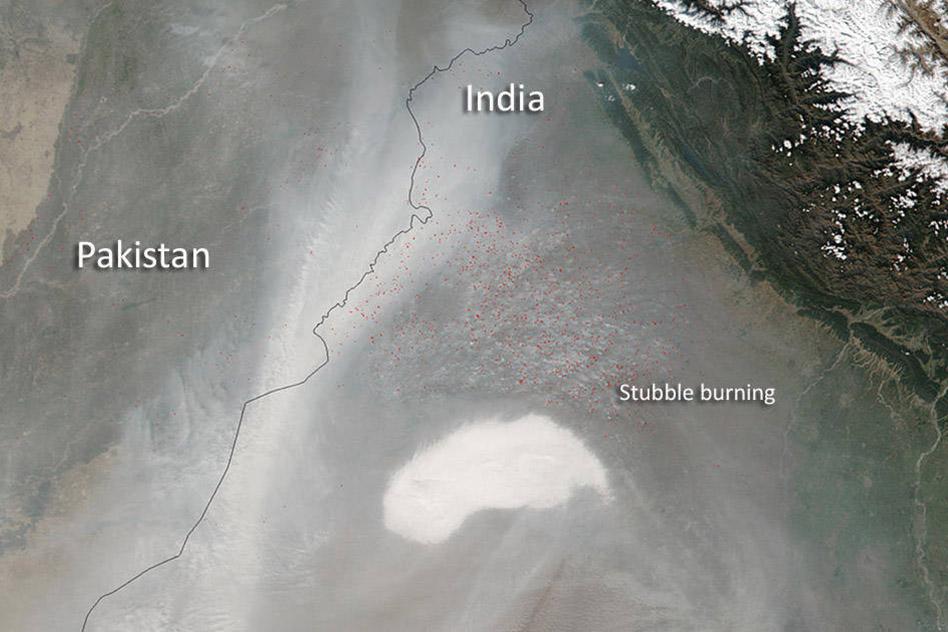
To clear the way for planting wheat in November, a farmer in Punjab, India sets aflame the left-over straw, or stubble, of a harvested rice paddy crop in October. The burning residue fills the air with carbon monoxide, ozone and fine particulate matter (PM2.5) that will make it harder to breathe...

MIT Energy Initiative Annual Research Conference highlights both opportunities and obstacles in the race to a net-zero future (MIT Energy Initiative)
“The past six years have been the warmest on the planet, and our track record on climate change mitigation is drastically short of what it needs to be,” said Robert C. Armstrong, MIT Energy Initiative (MITEI) director and the Chevron Professor of Chemical Engineering, introducing MITEI’s 15th...

Policymakers and manufacturers are working toward building new technologies to reduce the carbon footprint of cars (Power Electronics News)
In the wake of reducing greenhouse gas (GHG) emissions (Paris agreement) from global road transport, vehicle manufacturers are increasingly spending more and more on research and development of powertrain and fuel technologies. However, the reduction of GHG emissions from fuel and electricity...
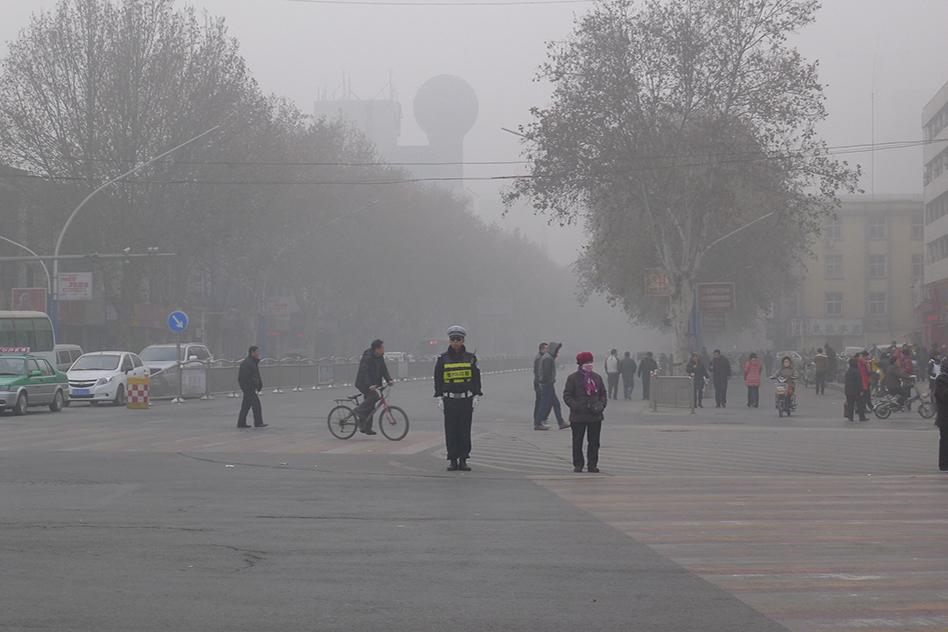
As America’s largest investment to fight climate change, the Inflation Reduction Act positions the country to reduce its greenhouse gas emissions by an estimated 40 percent below 2005 levels by 2030.
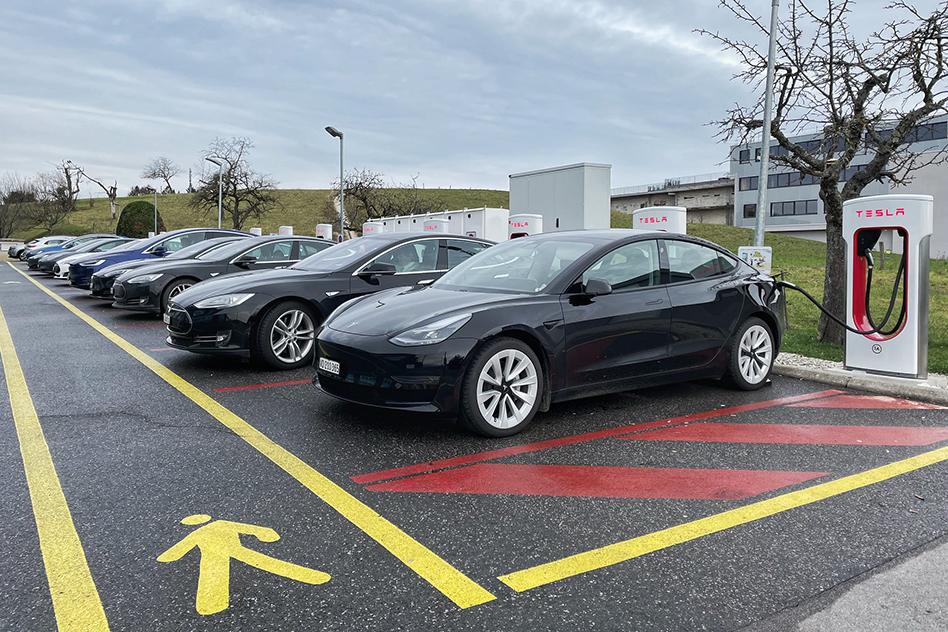
Yes: although electric cars' batteries make them more carbon-intensive to manufacture than gas cars, they more than make up for it by driving much cleaner under nearly any conditions. (MIT Climate Portal) (Additional Coverage: Travel Tomorrow)
October 13, 2022
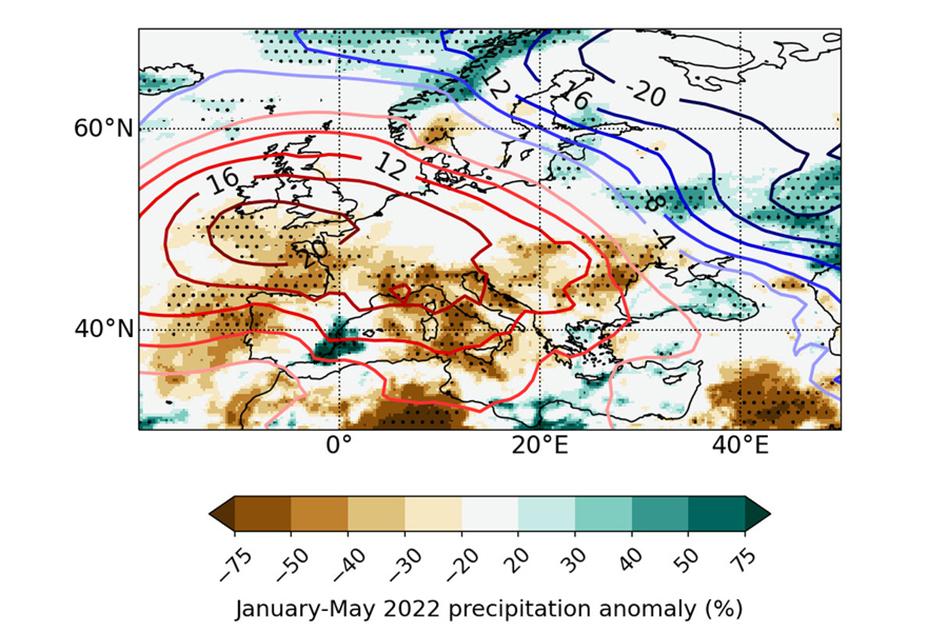
Climate modeling shows that this summer’s devastating European heat wave may indeed be a harbinger of the future for that region (MIT News)
This year saw high-temperature records shattered across much of Europe, as crops withered in the fields due to widespread drought. Is this a harbinger of things to come as the Earth’s climate steadily warms up?
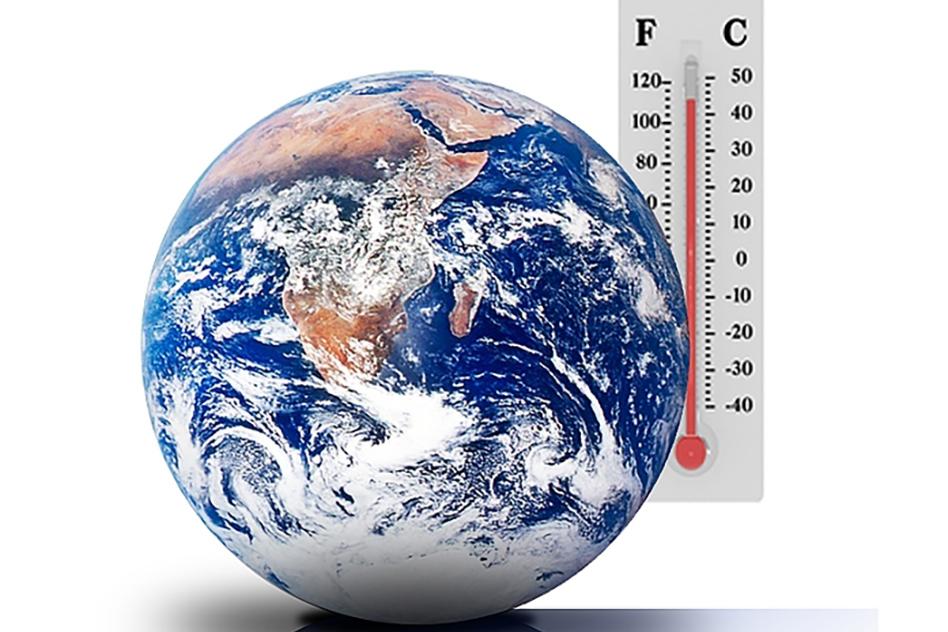
Tripping the Earth's climate feedback loops could bring us rapid warming that would be hugely damaging in the near term. But over the longer term, our planet can regulate even truly gigantic changes to the atmosphere. (MIT Climate Portal)
October 4, 2022
The basic mechanics of climate change are familiar: Burning fossil fuels increases the amount of heat-trapping greenhouse gases in our atmosphere, causing the planet to retain more heat. However, the climate system is complex, and changing the planet’s temperature can also...

The preeminent conference for the advancement of Earth and space sciences, the AGU (American Geophysical Union) Fall Meeting draws more than 25,000 attendees from over 100 countries each year to share research findings and identify innovative solutions to complex problems. Organized around the...
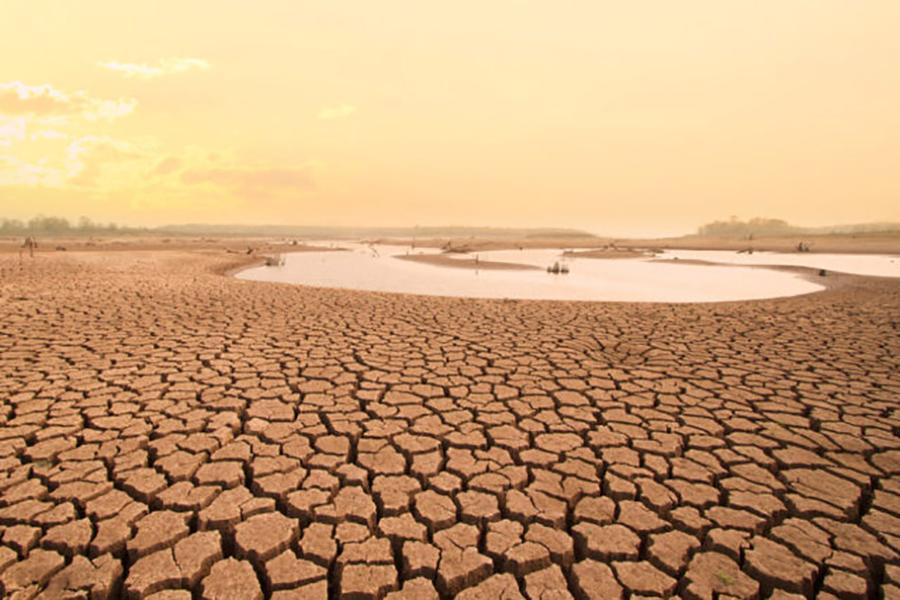
Report cites MIT Joint Program study projecting significant water-supply risks by 2050 (Earth.org)
Both the failing water infrastructure and the ever-increasing population have exacerbated the water crisis in South Africa, forcing its residents to adopt strict habits. Official mandates regarding significant reductions in water usage have led to overcrowded communal water taps, dangerous bore-...
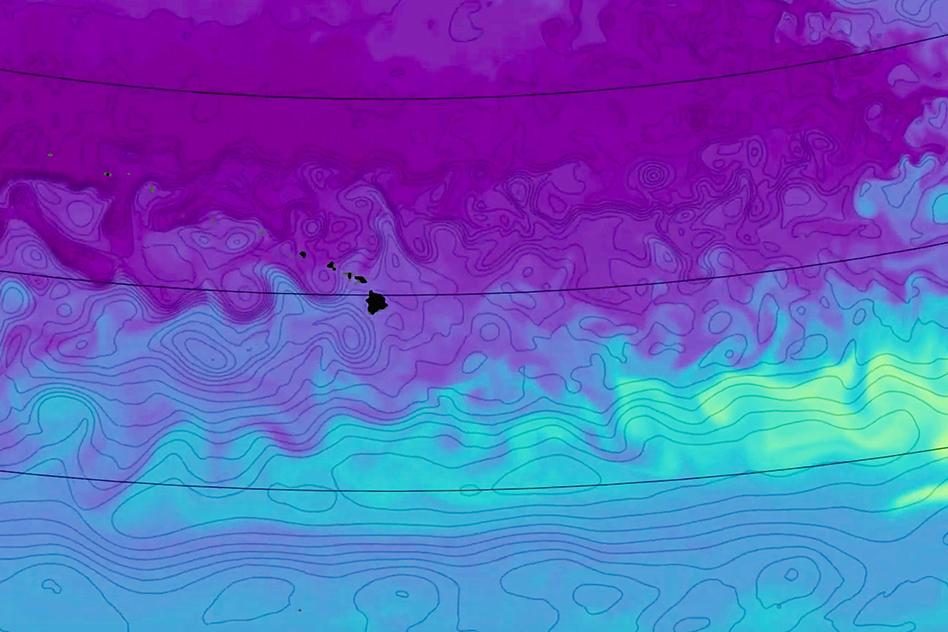
Swirling waters replenish nutrients in open ocean, a new study finds, and could mitigate some climate change effects (MIT News)
Subtropical gyres are enormous rotating ocean currents that generate sustained circulations in the Earth’s subtropical regions just to the north and south of the equator. These gyres are slow-moving whirlpools that circulate within massive basins around the world, gathering up nutrients,...

